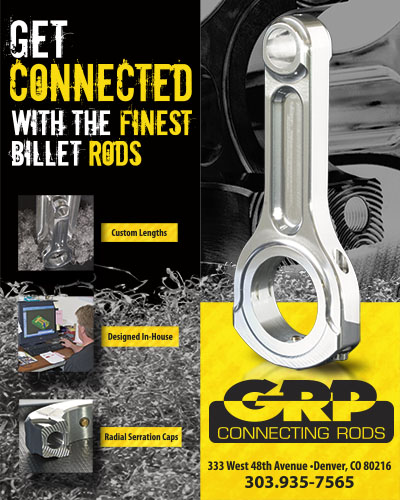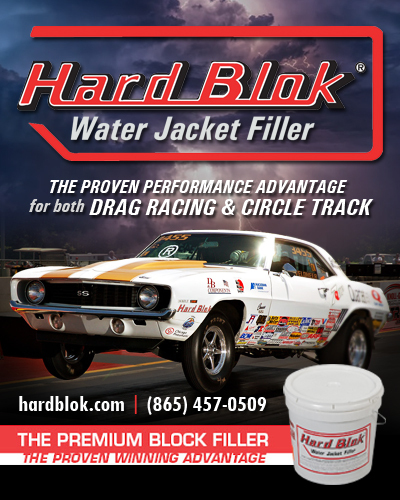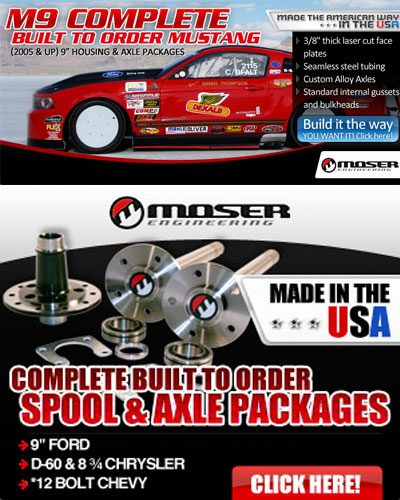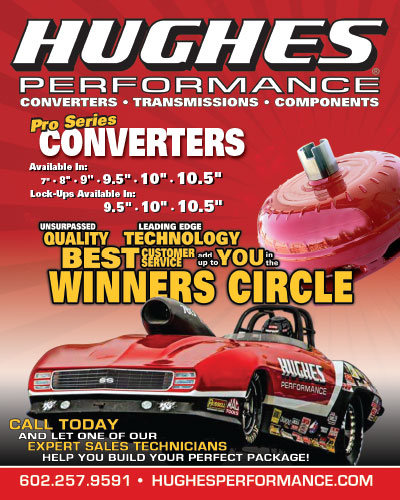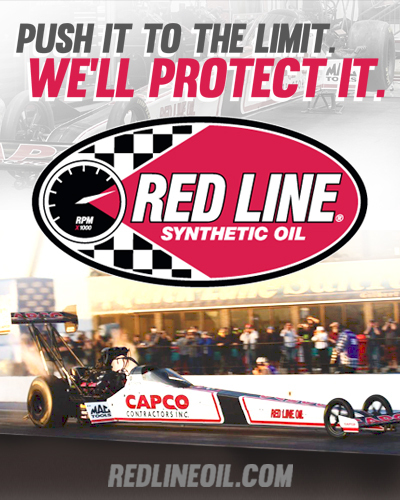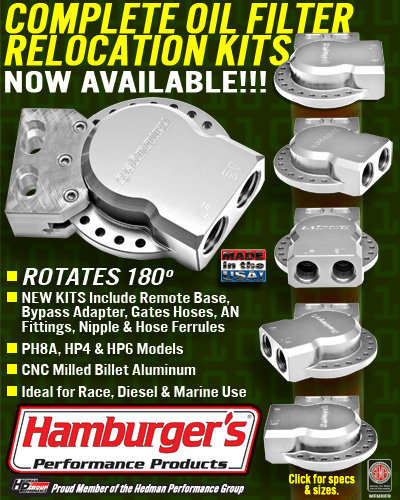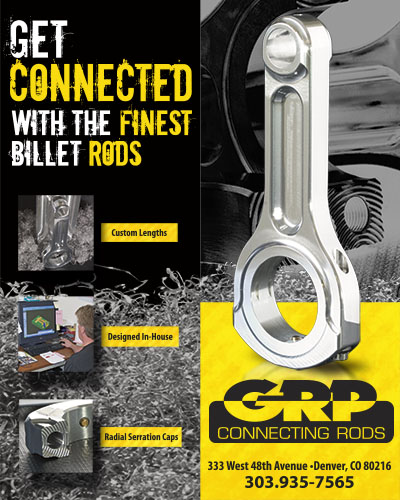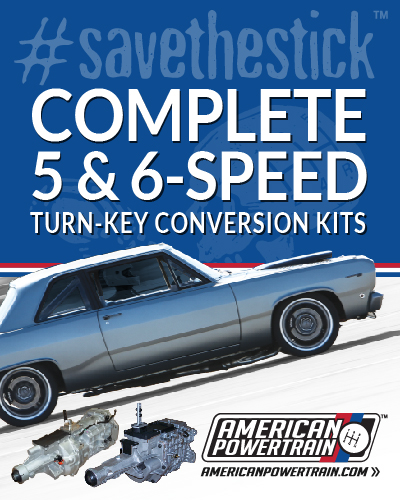DRAG RAGS OF 1966, PART 3 — DEATH OF A DRAG RAG
To enlarge font for captions - Hold down CTRL button and push down + symbol on the numbers bar. Each time you press the + it will increase font size. To reduce size, hold down CTRL button and press -
Publisher's Note: Duplicate issues of most 1966 drag rags & mags are now available from the Wallace Family Archives (hrd.dave@gmail.com).
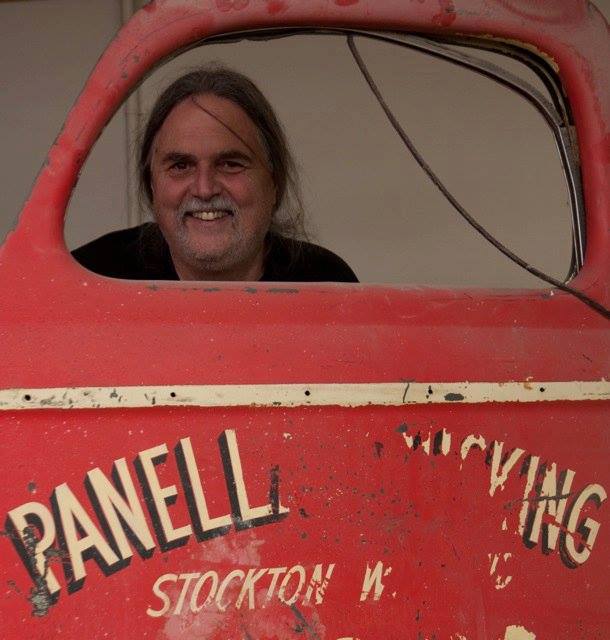
This golden age of drag-racing publishing peaked at around the same time that the tabloid Drag Sport Illustrated was forced out of business: midsummer 1966. Three independent L.A. weeklies had been competing nationally, though Drag News consistently buried its younger rivals in ad revenue and package size. By the end of August, Drag Sport Illustrated had inexplicably vanished, and Drag World was being neutered into a house organ by a third owner, the American Hot Rod Association. Before Drag Rags turns the calendar to the 1967 season (coming next time), we'll take this opportunity to commemorate the feisty drag rag whose independence ended with 1966.
Until five years ago, neither Drag Sport founder Phil Bellomy nor his final editor, Forrest Bond, was ever interviewed about how IRS agents interrupted production of an August 6, 1966, edition that never showed up in baffled subscribers' mailboxes. I spoke to each on behalf of now-defunct Drag Racer magazine, which published the original version of this article in 2008. (Alas, Forrest Bond's first interview about DSI proved to be his last: The publishing veteran has since passed away.)
Introduced as a free handout at Bakersfield's 1963 March Meet, DSI was the longest-lived independent challenger to the weekly supremacy that Drag News enjoyed since launching in 1955. More than 150 editions ultimately appeared—nearly twice the total produced by third-place Drag World as an independent paper (i.e., pre-AHRA takeover).
DSI's tag line, "Drag Racing's Only Pictorial Newspaper," was certainly justified. Publisher Bellomy consistently delivered the sport's biggest, best action photos. Reproduction quality varied widely, from the whitest, brightest, heaviest newsprint available (at the start) to the thin, cheap stuff that Drag News printed. In turn, DSI's large photos attracted the best West Coast shooters, starting with Bellomy himself and Jim Kelly amidst a sea of hungry freelancers. Another freelancer incentive was competing for Photo Of The Week, displayed across a full inside page and worth seven days of bragging rights plus 20 bucks (equivalent to nearly $190 now).
Simultaneously, DSI became a public battlefield for controversial columnists displeased by sanctioning organizations, individual track operators, rulebooks, and sometimes one another. In a paper consistently short of paid advertising to pad its large format, regular commentators including Al Caldwell, Mike Kotowski, Dave "The Hook" Ayling, and Kelly enjoyed plenty of space and freedom. A week after some intrasquad assault by one writer upon another, readers could count on return fire in the next edition. A random example from the May 22, 1965, issue is a column titled "Kotowski Speaks Out!," wherein Drag World's bombastic Terry Cook is targeted. Rather than identify the rival columnist by either Terry's given name or preferred nickname of Broomfoot, Mike Kotowski refers to his fellow columnist as Club Foot, Ole Shovel Foot, Bumb Foot, Trench Foot, and our favorite, Athlete's Foot.
Insider humor and friendly satire were plentiful, as illustrated by some of the accompanying clippings. Political correctness was not yet a BFD for publishers. Besides, this one had no major advertisers to offend; no TV lawyers chasing slandered "victims"; no anonymous trolls targeting his columnists and editors in public. No, Drag Sport's teenaged founder had other worries.
"I was 19; I had nothing," said Bellomy, now 80. "A friend, Leonard Harringer, and I were messenger boys for a law firm in downtown L.A. My goal was to become a Life magazine photographer, so, I'd chase fires, car crashes, JFK and Nixon when they campaigned here. Leonard took me to San Gabe one weekend. I walked out close to the track to shoot. [Manager] Steve Gibbs told me that I was not supposed to be there, but he needed prints for Drag News. No pay, but he'd let me in, and I could sell photos.
"That's how I got to know the other photographers, who were always grumbling about not getting paid by a track or by Drag News. To rub salt in the wound, they'd get no credit when pictures ran. I decided that I'd just start a newspaper. They'll give me photos; I'll give them credit. Reporters got paid by the tracks. The product is free, and I'll make money selling ads. How hard can it be?
"I made a deal with a local printer, Carl Bennitt, to print a few issues, which I would pay for later. He also lent me a graphic artist for the first dozen or so weeks. He went broke about two years in. Probably 80 percent of the checks I wrote him bounced. He had them plastered on the wall behind his desk, hoping someday he'd get them covered. About 20 years ago, I asked him, 'Why on earth would you keep printing my newspaper if you weren't getting any money?' Carl said, 'You're a very lucky guy because, years earlier, I was approached by a young man with an idea for a publication. He showed me a business plan. I told him, Bob, I just don't know that there's enough people interested in a magazine about hot rods. I've kicked myself every day since, because that guy was Bob Petersen. I didn't want to lose the next one. I ended up with you!'"
"Jim Kelly and I were basically partners," Bellomy explained. "He'd show up on Monday, supply photos, write most of the captions, inject some 'inside' humor. We went to the printer on Tuesday. The print run varied between about 15- and 20,000. Wednesdays, I'd deliver bundles to the downtown UPS depot and run around, dropping papers. Photographers in other parts of the country were paid with papers, 25 or 50 copies; they'd keep the money from sales. One hand washed the other. None of us really got paid. Kelly lasted a couple of years, until he needed to make more money. Lee Hallerberg, a racer and lifelong friend, helped fund the paper for the last year and a half; kept us alive until I screwed up and didn't pay employee taxes. It's a burnout job. If you're not making money, you end up putting in hours and running in circles. But it was fun while it lasted."
The end came so suddenly that the final issue carries no hint of trouble. Editor Forrest Bond and art director Jack Reynolds headed for work as usual that Monday morning, fully expecting to produce an August 6th edition. Instead, "We arrived to find an IRS agent at the apartment and a clamshell lock that spun freely over the door knob," Bond said. "I told the IRS guy we had personal effects inside, and he let us in. I knew money was tight, but had no idea Phil had been skipping the withholding payments."
"They posted a sign that was enough to scare me," said Bellomy. "The tape was up, the sign was up, the jig was up! I got out of there, left everything inside. It was all auctioned." To compensate a second sympathetic, unpaid printer while laying low, Phil offered to work nights in the print shop's photo department and chase deadbeat customers by day—ultimately collecting around $30,000, he calculated (about $265k in 2023 money).
Meanwhile, Bellomy heard through the drag-race grapevine that American Motors had commissioned Grant Industries, a former DSI advertiser, to construct and campaign the factory's first race car. A publicity pro would be hired to ride along in the ramp truck, generating ink from race dates and dealer displays nationwide. Phil eagerly seized the opportunity to ride out of town with the Rambler Rebel fuel Funny Car.
When AMC's program ended with the second season, Phil and a pal resorted to selling blemished Grant helmets and steering wheels at weekend swap meets — for $10.95, of which the sellers netted slightly less than half. "A guy with a family could live on $150 a week," Phil reminded. "Bob Miller and I eventually had his brother and 11 friends working different meets before we opened a little retail store. That's grown into Helmet House, which Bob [since deceased] and I still run together [since sold]. Our catalogs are printed by the son of Carl Bennitt, my original printer."
"None of that would've happened if I'd never gone to that first race, and met Gibbs, and started the newspaper, and got some breaks from printers," Bellomy added. "You learn from these experiences. Everything bad that happened had a good side to it. I wouldn't have met my wife, who was working at the Evansville, Indiana, track the day we ran the Funny Car, 50 years ago. The whole thing was such a trip for me.
"Just getting yourself published was the big deal. I think I was a good photographer, but I'm glad I took a different direction. Look at how much work it was: hustling in the pits to talk to drivers and owners, taking the pictures, processing and printing all night, delivering prints to papers. I wouldn't want to go back to that life, but I have such fond memories of drag racing. It was the golden age, I think. From that first race in 1961 or '62 until the AMC deal ended in 1968 was about 20 percent of my life to that point. I can't even say how much it meant."



















PREVIOUS DRAG RAGS
THE EARLIEST EDITIONS
BANS WERE BIG IN '57
ISKY STIRS THE POT
DRAG RAGS OF 1960 – TRAGEDY, POPCORN SPEEDS AND A CAMSHAFT RIVALRY
DRAG RAGS OF 1961: CONTROVERSY STALKS NHRA
DRAG RAGS: 1959 - GARLITS GOES FROM ZERO TO HERO, TURNS PRO
DRAG RAGS: 1959, PART 2 — HOW THE SMOKERS BEAT THE FUEL BAN
DRAG RAGS OF 1962: GARLITS IS NO. 1, WALLY IS ALL GAS
DRAG RAGS OF 1963: FUEL IS BACK - OR IS IT? JETS RUN WILD
DRAG RAGS OF JAN.-JUNE 1964: INNOVATION WITHOUT LIMITATION
DRAG RAGS OF JULY-DEC. 1964: ZOOMIES PUSH THROUGH THE 200-MPH BARRIER
DRAG RAGS OF EARLY '65: EXPLOSION OF WEEKLY PUBLICATIONS
DRAG RAGS OF JULY-DEC 1965: FUELERS, FUNNIES AND GASSERS APLENTY
DRAG RAGS 1965: TERRY COOK TELLS HOW THE WEEKLY SAUSAGE GOT MADE
DRAG RAGS: DRAG RAGS OF EARLY 1966: FUNNY CARS FLIP OUT, "SURFERS" STAR
DRAG RAGS: DRAG RAGS OF JUL.-DEC. 1966: FAILING NEWSPAPERS, PIONEERING FEMALES



























